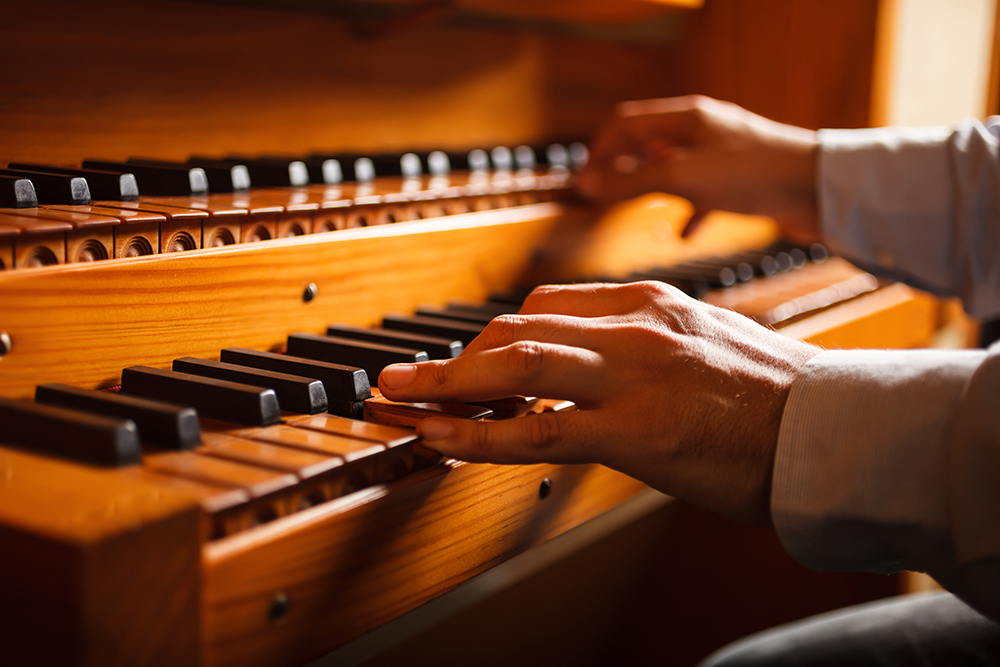
PROSPECT HEIGHTS — When you walk into a church and hear the majestic pipe organ play “Faith of our Fathers,” the 1849 Catholic hymn by Frederick William Faber, you can truly experience the pride of the Catholic martyrs who helped keep the faith alive.
The church pipe organ, first introduced by Pope Vitalian in 670, eventually came to be known as the “king of instruments.” The organ gradually made its way into general usage in the Catholic Church by the 13th century.
But some of the Protestant Reformers of the 16th century, particularly John Calvin, considered it an instrument of the devil. In Scotland, John Knox, a leader of the Reformation, was influenced by Calvin and began removing organs from the churches. By 1727, only one organ could be found in all of the churches in Scotland.
Now, the pipe organ, particularly in churches, is facing a difficult time. While most churches today have organs, they are regarded as old-fashioned, and as a result, there is a shortage of organists that is affecting not only the 185 parishes in the Diocese of Brooklyn, but churches across the country.
Locally, from Bay Ridge to Bayside, a scarcity of organ players is having an impact on Sunday services.
Since we first reported on the shortage of organs and organists 18 months ago, the number of members of the American Guild of Organists (AGO) has dropped by 1,000, from 13,000 to 12,000 members, in 275 chapters nationally ranging in age from young children to senior citizens.
Gary Di Franco, dean of the Brooklyn Chapter of the AGO, said recently that there were currently 48 members in the chapter, down approximately 10 from a decade ago. Since Brooklyn, Queens, and New York City have their own chapters, Di Franco could not speak for the attrition rate overall but indicated that within Brooklyn, there has been a decrease in active members within all denominations.
Di Franco emphasized that his Brooklyn Heights-based organization helps advocate for organists by offering continuing education programs, musical enrichment, support for certification, and outreach to afford organists the ability to perform in churches throughout the borough.
“Our organization offers workshops for members on honing their skills, for example, how to conduct a choir from the organ, along with social events,” Di Franco explained. “We sponsor a number of concerts for our members in churches throughout Brooklyn, as well as the Queens Chapter and the New York Chapter.”
An organist in Catholic churches for over 40 years, Di Franco attended Holy Child Parish in Staten Island, where he began playing the organ as a 12-year-old. For the last three years, he has been playing at Our Lady of Mercy in Forest Hills, and before that, he was an organist at St. Finbar’s in Bensonhurst for 19 years.
Di Franco believes that the organ is an essential and invaluable part of the Church’s liturgy. “There’s something I find much more beautiful when there is music with an organist and a cantor singing,” said Di Franco.
“If everything is done right, the hymns that I select should fit in with the pastor’s homily because we’re both reading the same Scripture, and we’re both coming up with similar themes, so usually, it dovetails nicely.”
